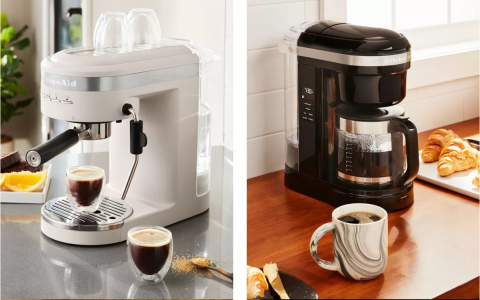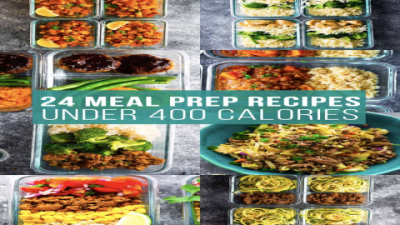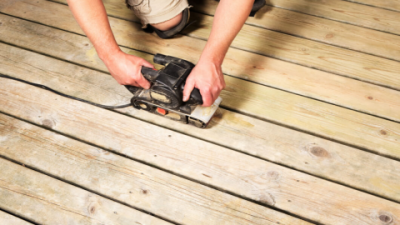Espresso—there’s just something about that rich, bold shot of coffee that wakes you up like nothing else. But let’s be honest, not everyone owns an espresso machine. They can be pricey and a bit intimidating if you’re not a barista. So, if you’re staring at your trusty French press wondering, “Hey, can I just make espresso in this thing?”—you’re not alone. I’ve been there too, and it’s a question that pops up a lot. So let’s dive in and figure this out together.
First off, espresso and French press coffee are pretty different beasts. Espresso is all about that high-pressure magic—about bars of pressure pushing hot water through super finely ground coffee. That’s what gives you that thick, golden crema on top and that intense, concentrated flavor. On the flip side, a French press is more chill. You just steep coarsely ground coffee in hot water for a few minutes, then press the plunger down. No pressure, no crema, just a smooth, full-bodied cup.
So, can you make espresso in a French press? Well, technically no. The French press just can’t create the pressure needed to pull a true espresso shot. No pressure means no crema and no that signature espresso texture. But—and here’s the good news—you can make a strong, espresso-like coffee concentrate with a French press. It won’t be the real deal, but it’s pretty close and definitely good enough for a latte or an Americano when you’re in a pinch.
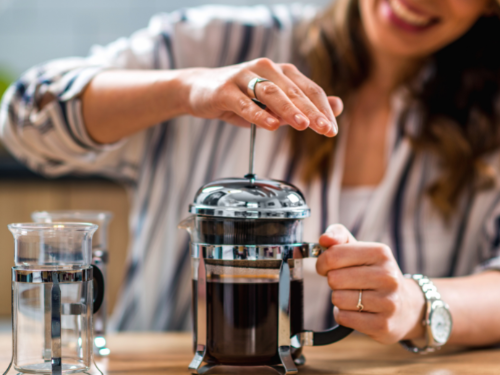
If you want to try this at home, here’s what I’d recommend based on my own experiments and a bit of coffee nerd knowledge:
-
Use a finer grind than your usual French press grind. Not as fine as espresso powder, but somewhere in between. Too fine, and you’ll have a hard time pressing the plunger; too coarse, and your coffee will taste weak.
-
Increase the amount of coffee you use. Think of it like making a concentrate—maybe grams of coffee to 120- ml of water. More coffee means stronger flavor.
-
Heat your water to about 93°C (or 200°F). Boiling water straight from the kettle can burn the coffee and make it bitter.
-
Steep for a shorter time than usual—around to minutes. Longer than that and the coffee might get bitter.
-
Press the plunger down slowly and firmly to keep the grounds separated from your brew.
-
Drink it right away! This coffee won’t have the same body or crema as espresso, so freshness is key.
Now, if you’re curious about how this French press “espresso-style” coffee stacks up against the real thing, here’s a quick rundown:
Espresso is made under high pressure, with very fine grounds, and brews in about 25- seconds. It’s super concentrated, with that luscious crema on top. French press espresso-style coffee? No pressure, medium-fine grounds, brewed for a few minutes, and it’s strong but lacks crema and that thick mouthfeel.
Why does pressure matter so much? Because it forces water through the coffee quickly, extracting oils and flavors that you just can’t get with immersion brewing like the French press. That’s why espresso machines are special—they control pressure and temperature precisely to pull that perfect shot.
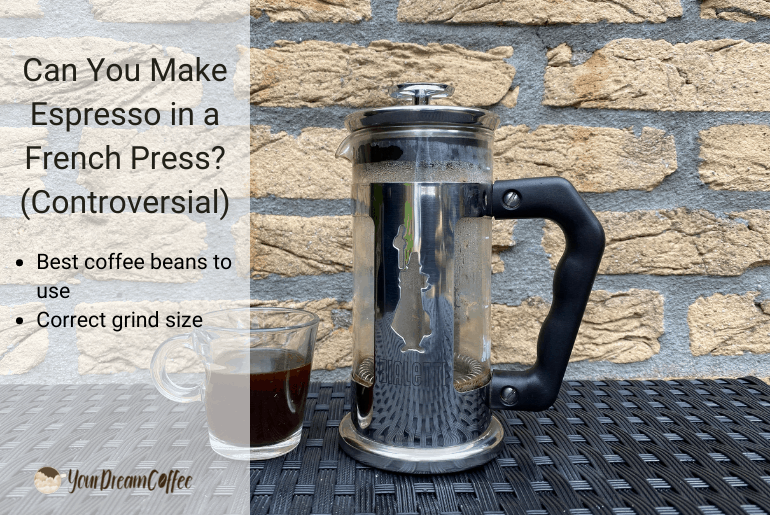
If you’re serious about espresso but don’t have a machine, some other options might be worth considering. The AeroPress, for example, uses manual pressure and can get you pretty close to espresso. The moka pot is another stovetop favorite that makes strong coffee with a bit of crema. Or, if convenience is king, capsule machines are quick and easy, though they come with their own trade-offs.
I know a lot of people ask if French press espresso-style coffee works well for milk drinks like lattes or cappuccinos. Honestly, it can. It won’t taste exactly like espresso-based drinks from a café, but it’s a decent base for frothy milk. Just keep in mind the flavor and texture will be different.
Some quick FAQs I’ve seen pop up:
Q: What grind size is best for French press espresso-style coffee?
A: Somewhere between espresso fine and French press coarse—medium-fine is a good target.
Q: Why doesn’t French press coffee have crema?
A: Crema comes from high-pressure extraction emulsifying coffee oils and gases. The French press doesn’t create that pressure.
Q: Can French press coffee be healthier than espresso?
A: French press coffee has more oils like cafestol, which can raise cholesterol in some people. Espresso usually has less because of the brewing process.
At the end of the day, while a French press won’t give you a true espresso shot, it’s a versatile brew method that can get you close enough to satisfy your espresso cravings when you don’t have the fancy gear. Play around with grind size, coffee amount, and brew time—you might be surprised at how good it can get.
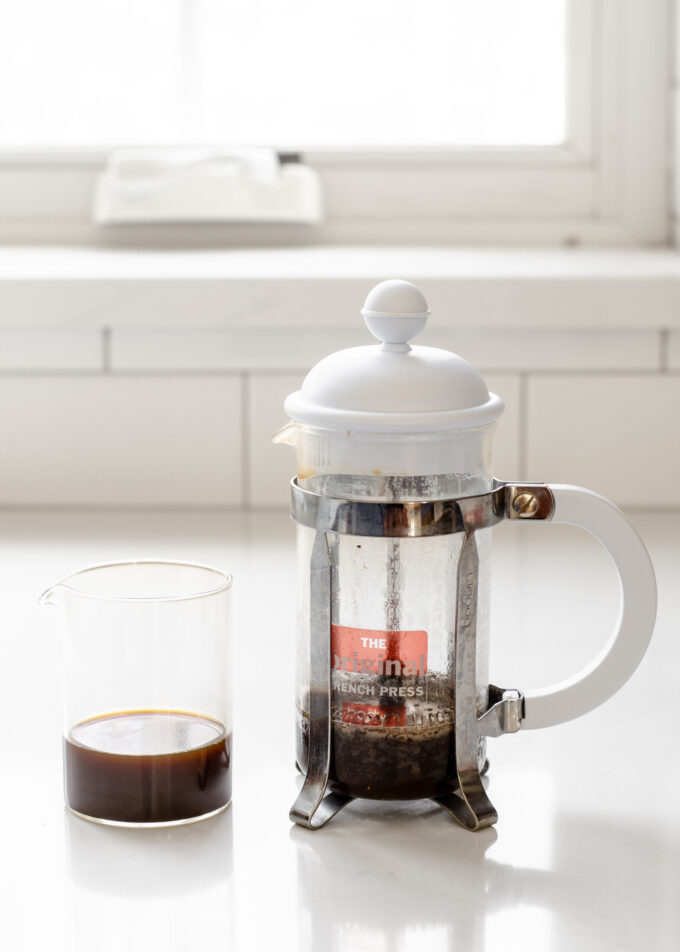
If you want the real espresso experience, investing in an espresso machine or trying an AeroPress or moka pot is the way to go. But for many, the French press offers a simple, no-fuss way to enjoy a strong, flavorful cup that’s just right for everyday sipping.
So go ahead, experiment a little, and enjoy your coffee journey—because sometimes, the best cup is the one you make yourself, no matter the method.
